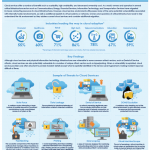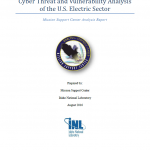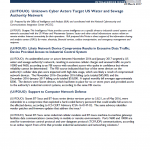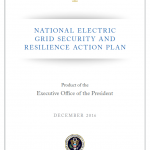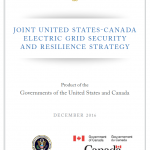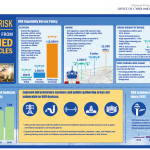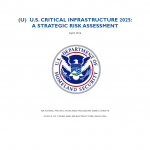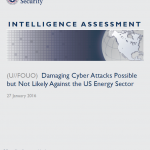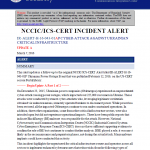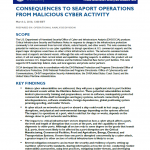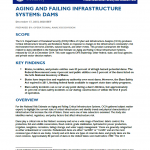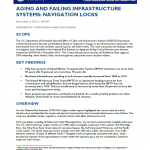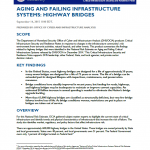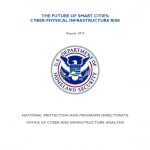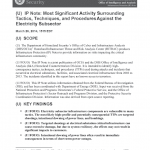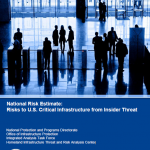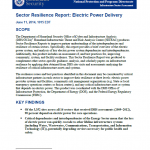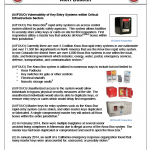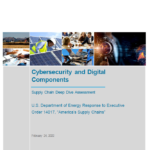
On February 24, 2021, President Biden issued Executive Order 14017 on America’s Supply Chains directing the Secretary of Energy to submit a supply chain strategy overview report for the energy sector industrial base (as determined by the Secretary of Energy). The U.S. Department of Energy (DOE) defines the Energy Sector Industrial Base (ESIB) as the energy sector and associated supply chains that include all industries/companies and stakeholders directly and indirectly involved in the energy sector. The energy sector industrial base involves a complex network of industries and stakeholders that spans from extractive industries, manufacturing industries, energy conversion and delivery industries, end of life and waste management industries, and service industries to include providers of digital goods and services.

